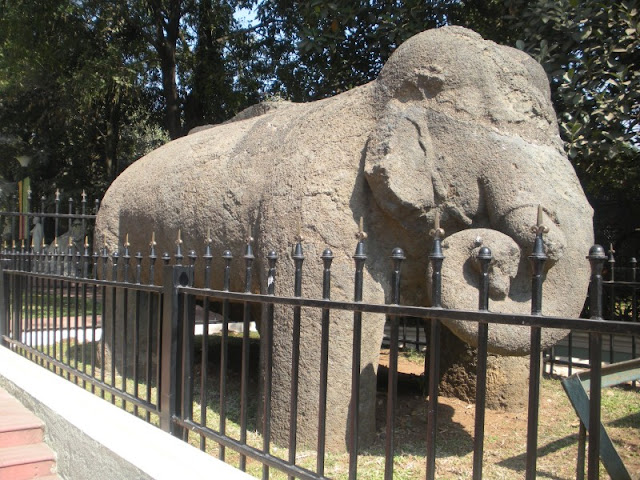The stone elephant that inspired the Portuguese invaders to rename Gharapuri Islands as Elephanta Caves has been a resident of Jijamata Udyan of Byculla (formerly Victoria Garden) since 1864. It was relocated to Byculla from Gharapuri in the year 1814 during the British rule. The British reportedly made an unsuccessful attempt of transporting the majestic stone mammal to England. The elephant sustained structural injuries in transit, and hence it was repaired and installed at the current location instead.
The stone statue boasts of a deeper legacy even prior to the sixth century Gharapuri sculptures. It was originally located on the royal port, a strategic harbor of the Deccan-based Satavahana dynasty, to the right of Gharapuri Island, as the royal emblem of the Satavahanas.
The Satavahana regime is believed to have commenced in the late second century BCE and continued until the early third century CE as per archaeological evidence. The Satavahana kingdom spanned the regions of today’s Andhra Pradesh, Telangana, and Maharashtra, and their rule briefly extended to geographies covered by today’s Gujarat, Madhya Pradesh, and Karnataka. Representation of animals was a staple feature of Satavahana art. The elephant found a place of pride on Satavahana coins, as also in the cave carvings at Karle, Bedse, Sanchi, Bhrut, and Amravati.
The Gharapuri elephant has lost much of its original frame from wear and tear, but it continues to stand tall as a resolute relic of a bygone era, watching modern-day tourist invaders of different makes and motives creating a ruckus before him in the name of homage.
